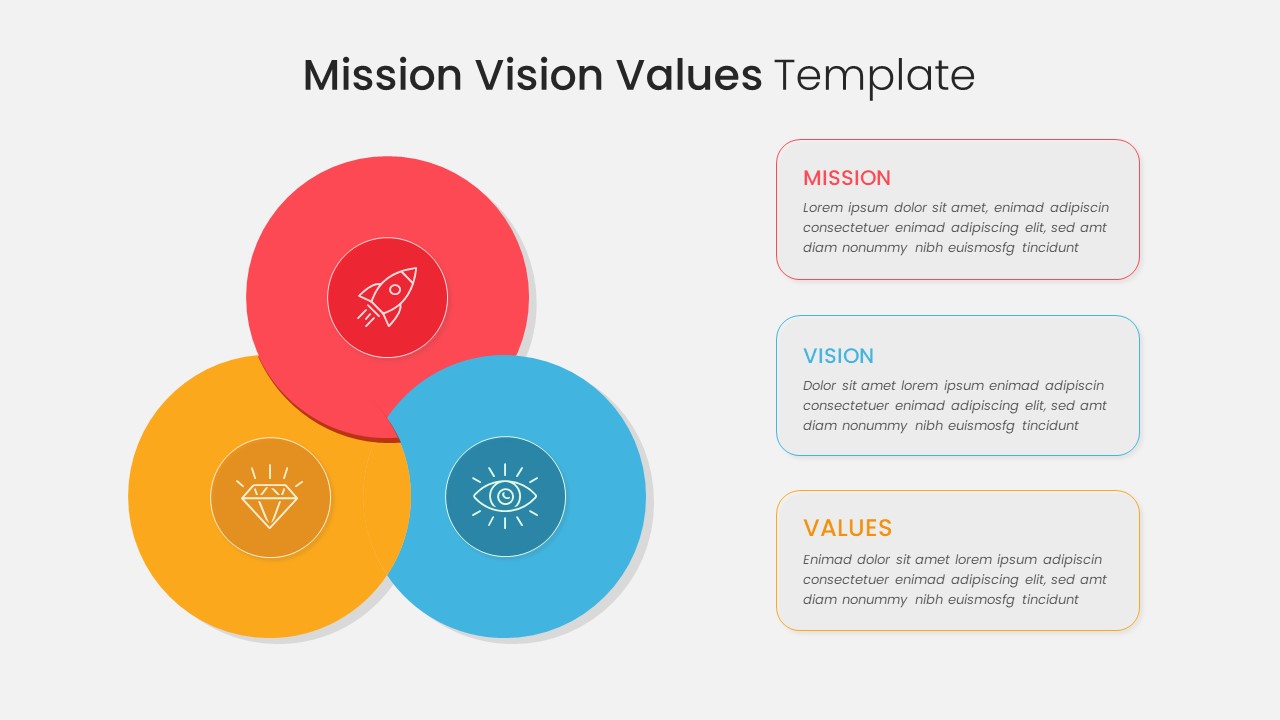7 Tips Mission Vision Values

In the realm of organizational development, few concepts are as pivotal as the mission, vision, and values of a company. These three elements form the foundation upon which an organization’s strategy, culture, and overall direction are built. They serve as a North Star, guiding decisions, inspiring employees, and communicating purpose to stakeholders. However, crafting these elements in a way that is both meaningful and actionable can be a daunting task. Here are seven tips to help organizations define and implement their mission, vision, and values effectively:
1. Start with Why
Before defining your mission, vision, and values, it’s crucial to understand the “why” behind your organization. This involves reflecting on the purpose, passion, and reasons that drove the founding of your company. Simon Sinek’s Golden Circle principle emphasizes the importance of starting with “why” to create a sense of direction and meaning that resonates with both your team and your audience. Understanding your “why” helps in crafting a mission statement that is authentic and compelling.
2. Make Your Mission Statement Meaningful
A mission statement should clearly define the company’s primary objectives, its core products or services, and its target audience. It should be more than just a sentence; it should be a call to action that motivates and directs employees. An effective mission statement answers the questions: What do we do? For whom do we do it? And how do we do it differently or better than others? For instance, Patagonia’s mission “We’re in business to save our home planet” is straightforward, inspirational, and guides every business decision they make.
3. Craft a Vision That Inspires
Your vision statement should paint a vivid picture of what the future looks like for your organization. It’s about aspiration—where you want to go and what you want to achieve in the long term. A good vision statement should be ambitious, yet achievable; it should energize and give direction to your team. Unlike the mission, which is about the present, the vision is about the future. Microsoft’s vision to “empower every person and organization on the planet to achieve more” is an example of how a company can inspire both its employees and customers with a clear direction for the future.
4. Define Values That Guide Behavior
Your organizational values are the principles that guide the behavior of your team members. They define how you want your organization to operate and make decisions. Values should be lived daily, not just displayed on a plaque. For example, Google’s emphasis on innovation, excellence, and collaboration as part of its values has fostered a culture that encourages creativity and teamwork. Values are key to creating a positive and productive work culture.
5. Engage Your Team in the Process
Defining mission, vision, and values is not a task for the top management alone. Engaging your team in this process can ensure that everyone understands and feels connected to the final product. Conduct workshops, surveys, or focus groups to gather input and insights from employees at all levels. This participatory approach can increase commitment and ownership among team members, as they see their ideas and beliefs reflected in the company’s foundational documents.
6. Review and Revise Regularly
Organizations are dynamic entities that evolve over time. Your mission, vision, and values should be no exception. Regularly reviewing these elements ensures they remain relevant and continue to inspire and guide your team effectively. Changes in the market, technology, or consumer behavior might necessitate revisions to keep your organization aligned with its goals and purpose. However, any revisions should be thoughtful and well-communicated to maintain consistency and trust.
7. Embed Them in Everyday Operations
Finally, it’s crucial to integrate your mission, vision, and values into the daily life of your organization. This means referencing them in meetings, using them to make strategic decisions, and recognizing and rewarding behaviors that embody these principles. Leaders should model these values themselves, as their behavior sets the tone for the rest of the team. By embedding mission, vision, and values into the fabric of your organization, you create a strong culture that drives performance, innovation, and fulfillment.
In conclusion, mission, vision, and values are not just abstract concepts but the heartbeat of an organization. When crafted and implemented thoughtfully, they can inspire greatness, foster a positive work culture, and guide your company towards achieving its goals. Remember, these are living documents that should evolve with your organization, serving as a constant reminder of why you started and where you’re headed.
What is the primary purpose of a mission statement?
+The primary purpose of a mission statement is to define the company’s primary objectives, its core products or services, and its target audience, serving as a call to action for employees and a declaration of purpose to stakeholders.
How often should an organization review its mission, vision, and values?
+An organization should review its mission, vision, and values regularly, ideally every 2-5 years, or as needed based on significant changes within the company or its environment. This ensures these foundational elements remain relevant and aligned with the organization’s purpose and goals.
What role do values play in the culture of an organization?
+Values play a crucial role in shaping the culture of an organization. They define the principles that guide behavior, decision-making, and interactions among team members and between the organization and its stakeholders. When lived genuinely, values can foster a positive, productive, and fulfilling work environment.